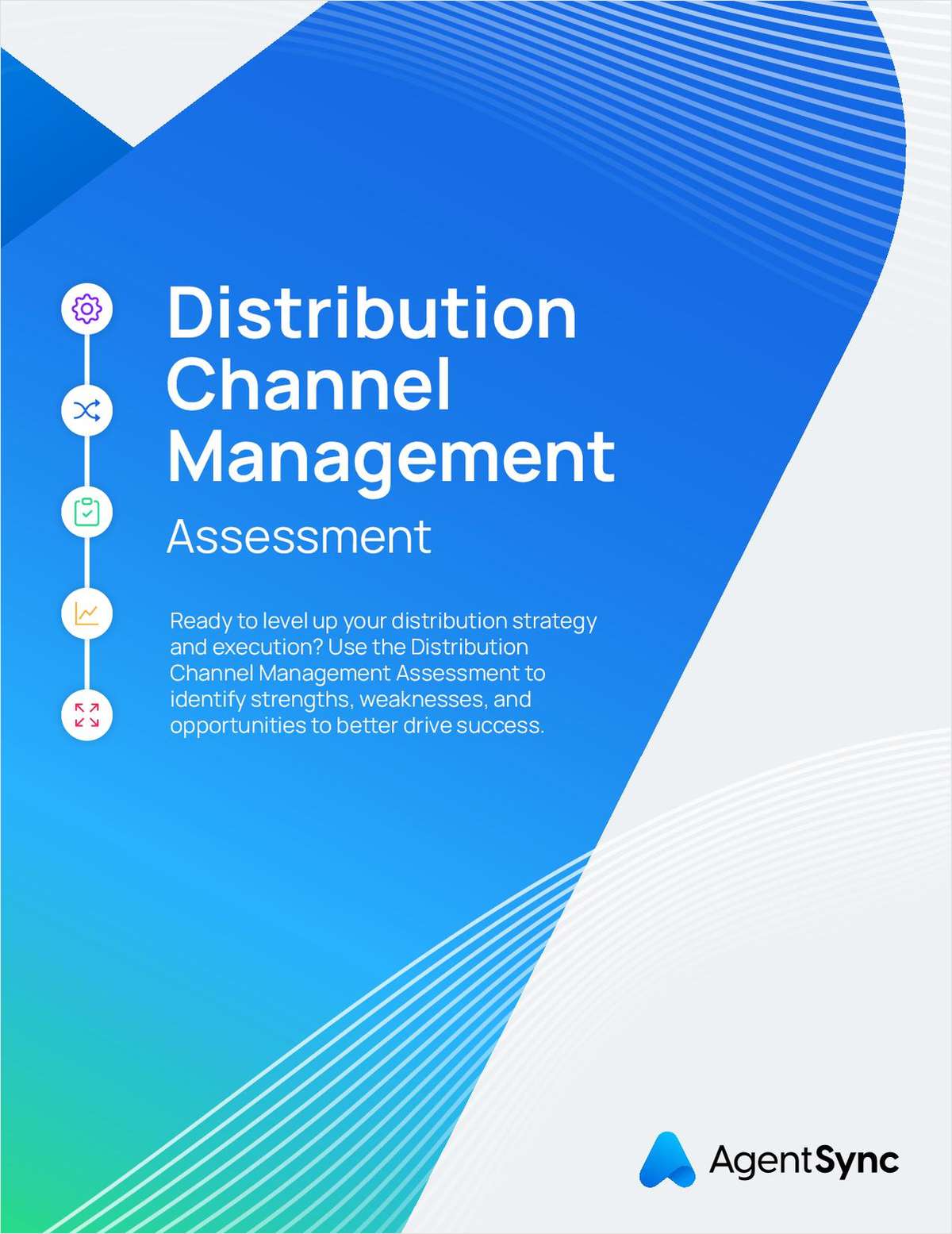NU Online News Service, Nov. 3, 2:46 p.m. EST
The property and casualty market, in part because of asbestos losses, has a heightened risk of moving toward a deficient reserve position going forward, according to Fitch Ratings.
However, in its report on reserve adequacy, the New York-based firm said even as the possibility of a deficiency looms, reserves for the U.S. p&c industry were adequate at year-end 2008.
Fitch's report noted several statistical factors revealing a recent modest weakening in reserve levels.
According to Fitch's analysis, the potential for the market to shift toward a future reserve deficiency is greater now due to several factors:
o Redundancy in loss reserves for most recent accident years at year-end 2008 is more closely offset by projected deficiencies Fitch estimates in asbestos and environmental losses, and other prior year exposures.
o Continued reporting of strong favorable reserve development in 2009 first-half statutory reporting.
o Questions whether the redundancy of hard market accident years 2003-2006 is now fully reflected in reported reserves.
o Indications that most recent 2007 and 2008 accident years are more likely adequately reserved and will not develop redundantly over time.
Fitch said reported accident-year loss ratios have increased significantly in the last two years and are likely to escalate further in noncatastrophe-exposed lines in 2009.
Capturing the impact of pricing declines, as well as exposure changes and claims cost changes resulting from volatile financial markets and a more severe economic recession will create "tremendous challenges in estimating loss reserves going forward," the rating firm said.
In a less certain underwriting environment, reductions in capital strength from a diminished reserve cushion promotes greater vulnerability for negative rating actions, particularly for long-tail writers, Fitch explained.
In a trend that Fitch said is expected to subside this year, insurers reported approximately $8 billion (3.8 percent of earned premium) of favorable prior period reserve development in the first half of 2009.
It reported that these reserve adjustments were focused within a number of large industry players with a sizeable presence in personal lines, including State Farm, Berkshire Hathaway, and USAA.
Concerning asbestos, Fitch said it finds that while there is greater stability in the asbestos claims environment in recent years, development is consistently unfavorable for the industry regarding asbestos and other long-tail liability claims.
Fitch said it projects an industry deficiency of $9 billion-$16 billion for these older liabilities, which represents an improvement from prior estimates, but essentially offsets the redundancy from more recent accident years.
Asbestos represents the largest individual source of latent liability claims and chronic unfavorable reserve development for the industry, the firm said.
The p&c sector's asbestos reserve deficiency, Fitch estimated, is approximately $5 billion-$9 billion at year-end 2008.
Fitch said it analyzes loss reserves on an industry basis using statutory data provided by Highline Data, a subsidiary of National Underwriter's parent company Summit Business Media.
Want to continue reading?
Become a Free PropertyCasualty360 Digital Reader
Your access to unlimited PropertyCasualty360 content isn’t changing.
Once you are an ALM digital member, you’ll receive:
- Breaking insurance news and analysis, on-site and via our newsletters and custom alerts
- Weekly Insurance Speak podcast featuring exclusive interviews with industry leaders
- Educational webcasts, white papers, and ebooks from industry thought leaders
- Critical converage of the employee benefits and financial advisory markets on our other ALM sites, BenefitsPRO and ThinkAdvisor
Already have an account? Sign In Now
© 2024 ALM Global, LLC, All Rights Reserved. Request academic re-use from www.copyright.com. All other uses, submit a request to [email protected]. For more information visit Asset & Logo Licensing.








